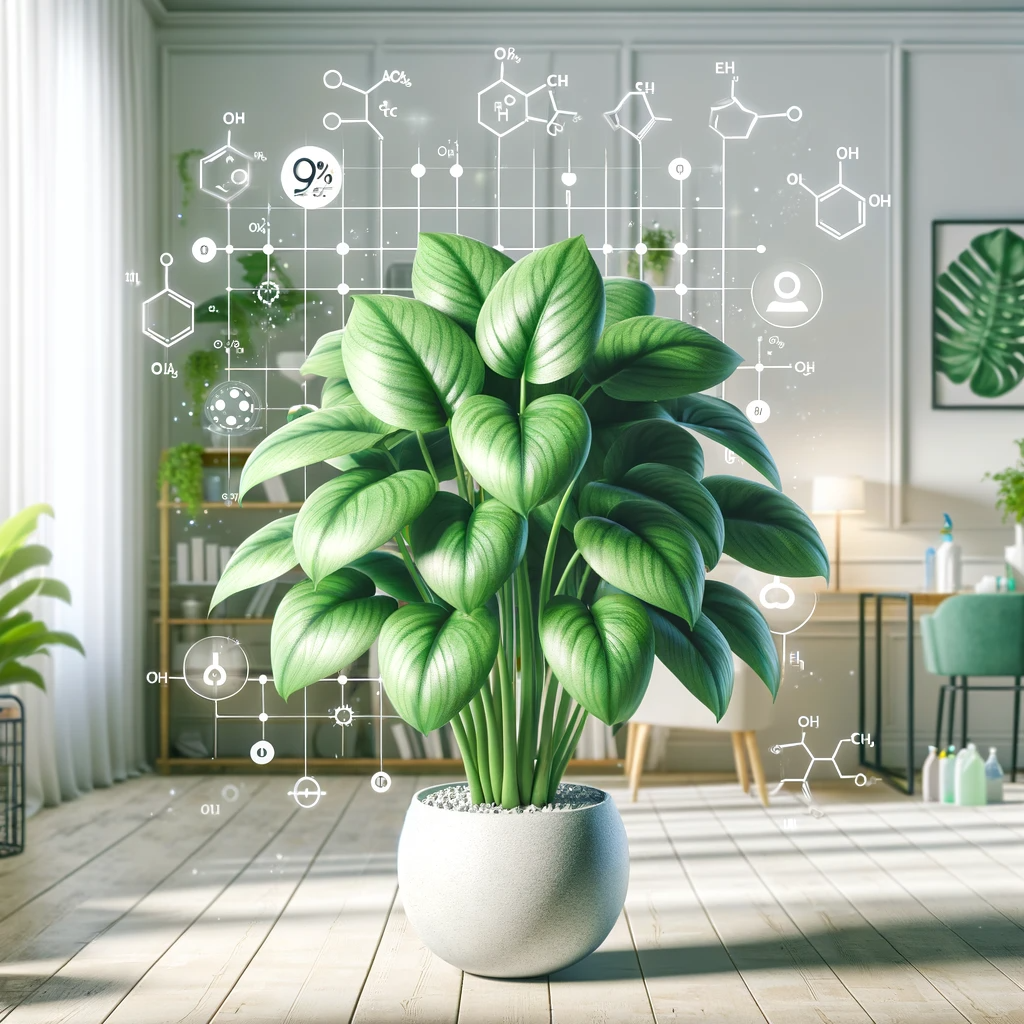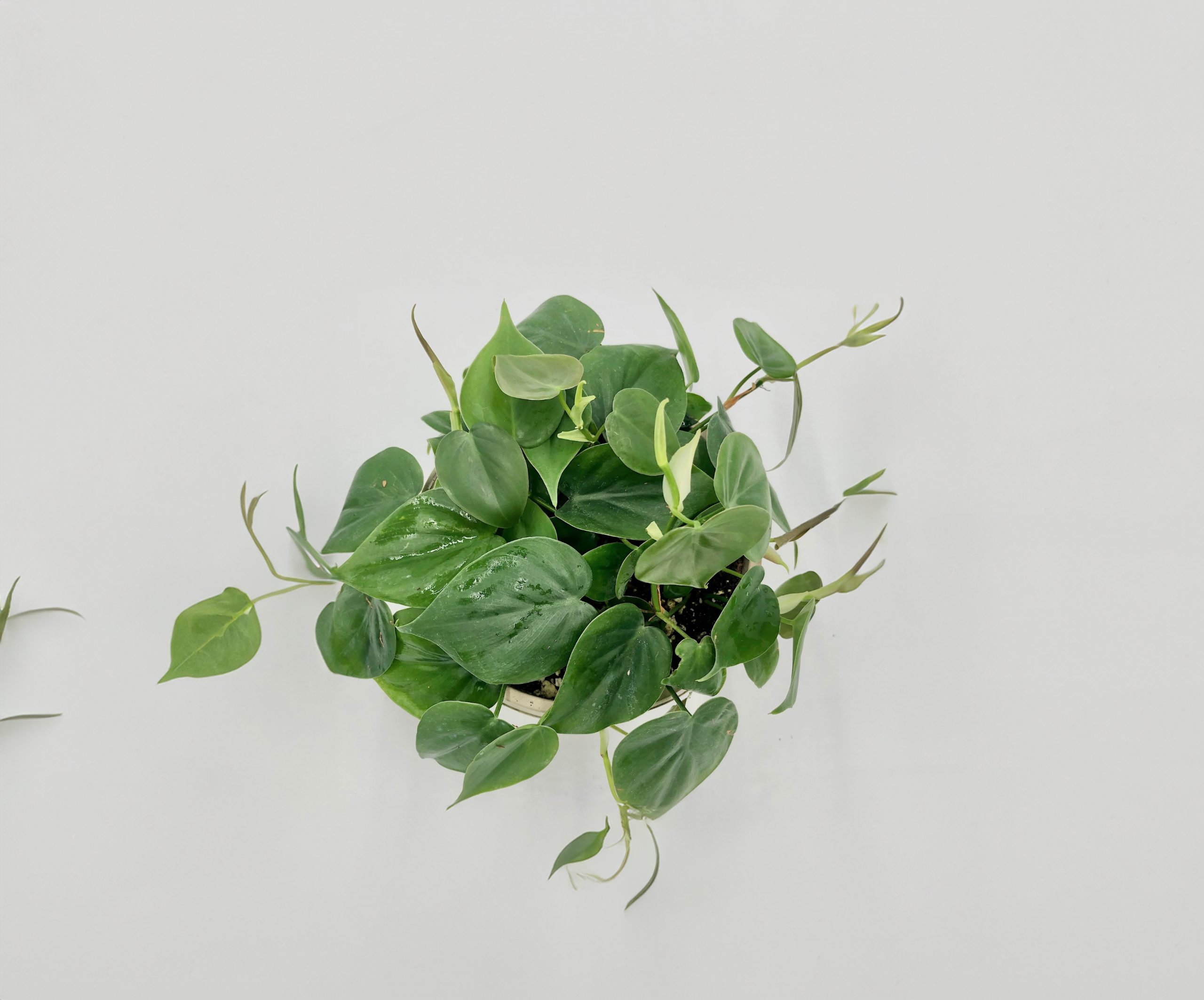Philodendrons are tropical plants that originate from Central and South America. With their lush, heart-shaped leaves and easy-going nature, it’s no wonder philodendrons are a popular houseplant. Beyond their ornamental qualities, philodendrons offer some surprising health benefits. Here’s an overview of the many perks these plants provide.
Philodendron Benefits
Philodendrons offer several benefits that make them a wise addition to indoor spaces. Here are some of the top advantages of these tropical beauties:
Improves Indoor Air Quality
Like many houseplants, philodendrons help filter indoor air. As they carry out photosynthesis, they absorb carbon dioxide and release oxygen. This helps reduce stale air and the buildup of pollutants from items like furniture and cleaning products.
Philodendrons are particularly effective at removing formaldehyde, which is commonly found in building materials. Formaldehyde is a known human carcinogen, so reducing indoor levels is advantageous.

Increases Humidity
The broad, green leaves of philodendrons release moisture into the surrounding air through transpiration. This helps naturally boost humidity levels.
Proper humidity is essential for human health. Low humidity can irritate airways and skin and exacerbate conditions like asthma and allergies. Philodendrons are an easy, natural way to improve humidity without the need for mechanical humidifiers.

Reduces Stress
Studies show that being around plants has calming, stress-reducing effects. The presence of living plants triggers an automatic relaxation response in humans. Adding philodendron plants to interior spaces can help lower stress and anxiety levels.
Research specifically shows that visual exposure to philodendrons can reduce physiological markers of stress like blood pressure and heart rate. The more philodendrons, the better the stress-relieving effects!

May Purify Water
There is some evidence that philodendron roots may help remove heavy metals and other contaminants from water sources. The process of phytoremediation uses certain plants to absorb and accumulate pollutants, effectively cleaning tainted water supplies.
While more research is still needed, there is potential for philodendron plants to be used in wetland areas and irrigation canals to help purify agricultural and residential water. This eco-friendly water treatment method takes advantage of the natural filtering power of philodendrons.

Philodendron Benefits and Disadvantages
Philodendrons offer many perks, but they also come with a few drawbacks. Here are the key benefits and disadvantages of growing philodendron houseplants:
| Advantages of Philodendrons | Disadvantages of Philodendrons |
|---|---|
| Improve indoor air quality | Toxic if ingested; keep away from pets and children |
| Increase humidity | Can grow quite large and need frequent pruning |
| Reduce stress | Prone to pests like aphids, mealybugs, and spider mites |
| Require minimal care when grown indoors | Sensitive to overwatering and soggy soil |
| Tolerate low light conditions | Slow growers compared to other houseplants |
| Produce lush, tropical foliage | |
| Help remove pollutants like formaldehyde |
While they do have some drawbacks, philodendrons’ many advantages make them a beneficial and beautiful houseplant choice for most homes and offices. With proper care, their benefits far outweigh their disadvantages.
“Explore the Exceptional 2023 Philodendron Variegata Collection: A Curated Selection of the Rarest and Most Unique Varieties Available.”
Heartleaf Philodendron Benefits
The heartleaf philodendron is one of the most popular philodendron varieties grown as a houseplant. Here are some specific benefits of growing heartleaf philodendrons indoors:
- One of the best plants for removing formaldehyde from indoor air. Research shows heartleaf philodendrons remove formaldehyde at higher rates than many other houseplants.
- Trailing growth habit is perfect for shelves, hanging baskets and tabletops. The vines can grow up to 4 feet long indoors, cascading gracefully.
- Tolerates low light conditions better than most houseplants. Will thrive in shady rooms with little natural sunlight.
- Very easy to grow and maintain, making it ideal for beginner gardeners. Requires little pruning or training.
- The lush green heart-shaped leaves create a tropical look. Adds a decorative focal point to rooms.
- Can help increase workplace productivity according to studies. Employees perform better when heartleaf philodendrons are present.
- Long-lived plants, often staying attractive for many years with proper care. Become large, full plants over time.

The heartleaf philodendron is one of the best bang-for-your-buck houseplants in terms of health benefits, visual appeal and ease of care. This versatility makes it the top choice of many indoor gardeners.
Philodendron species are among the most sought-after by aroid plant lovers. Other popular aroid plants include Monstera, Anthurium, Alocasia, and Epipremnum, all of which share similar care requirements and benefits. Additionally, Homalomena and Aglaonema are also beloved for their striking foliage and ease of care.
For those interested in a variety of aroid plants, Greenboog offers a wide selection, including rare variegated varieties. Their collection features unique and stunning plants that can elevate any indoor garden.
Conclusion
With their reputation for improving indoor air, easing stress and adding ornamental appeal, philodendrons have many benefits beyond basic foliage. Different philodendron varieties offer their own unique perks that make them ideal for various home and office spaces. By understanding their many health and decor boosts, plant lovers can pick the best philodendrons to enhance their indoor gardening. With the right care and growing conditions, philodendrons can bless indoor environments with their air-purifying, aesthetically pleasing presence for many years to come.
FAQs
-
Do Philodendron plants improve indoor air quality? Yes, Philodendron plants, like many other houseplants, contribute to cleaner indoor air. They absorb carbon dioxide and release oxygen through photosynthesis. Additionally, some studies suggest that Philodendrons can help remove certain toxins, such as formaldehyde and benzene, from the air.
-
Can Philodendron plants reduce stress and improve well-being? Research suggests that being around plants, including Philodendrons, can have a calming and stress-reducing effect. Their presence can trigger relaxation responses, potentially lowering blood pressure and heart rate. Caring for plants and being surrounded by greenery may also improve mood and overall well-being.
-
Do Philodendron plants help with allergies? While not a cure for allergies, Philodendrons can contribute to a healthier environment. They can help reduce airborne allergens like mold spores and dust by increasing humidity levels and trapping particles on their leaves.
-
Are there any risks associated with having Philodendron plants in homes with pets or children? Philodendrons contain calcium oxalate crystals, which can be mildly toxic if ingested. Keep them out of reach of pets and children, or choose non-toxic alternatives if you have concerns.
-
Can Philodendron plants improve sleep quality? While not directly proven, the improved air quality and stress reduction associated with Philodendrons may indirectly contribute to better sleep. Some people find that having plants in their bedrooms creates a more relaxing atmosphere, potentially aiding in sleep.
See also top 12 frequently asked questions about Philodendron





















